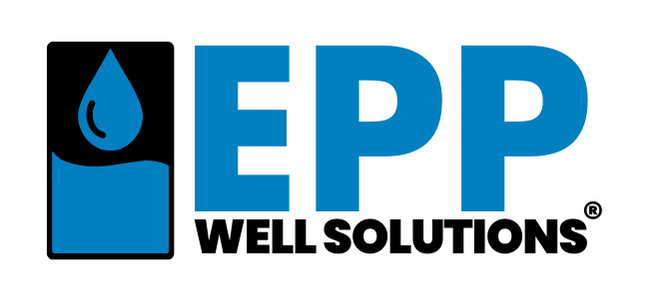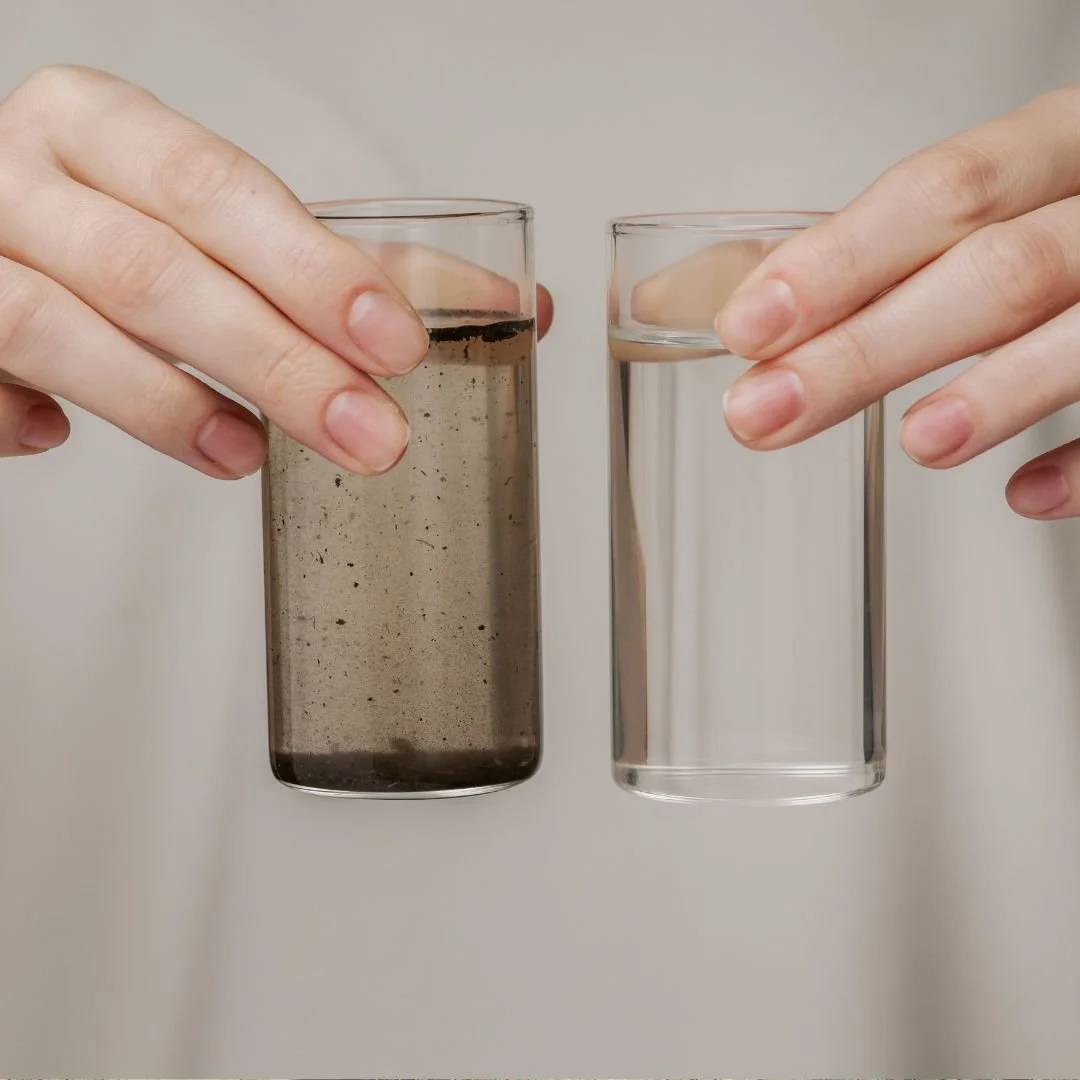How to Protect Your Well from Contamination Risks
Private wells provide a reliable source of water for millions of homeowners, offering independence from municipal systems and access to fresh groundwater. However, wells are vulnerable to contamination from various sources, which can compromise water quality and pose health risks. Protecting your well from contamination is critical to ensuring a safe and consistent water supply. While well rehabilitation can sometimes address contamination after it occurs, proactive measures are far more effective. This article explores the common sources of well contamination, practical steps to safeguard your well, and why the Well Harvester from Epp Well Solutions offers a lasting solution for managing low-yield wells affected by contamination risks, compared to the temporary fixes of rehabilitation.
Understanding Well Contamination Risks
Well contamination occurs when harmful substances, such as bacteria, chemicals, or sediments, enter the groundwater and infiltrate the well. Contaminated well water can lead to health issues, ranging from gastrointestinal illnesses caused by bacteria like E. coli to long-term risks from chemical exposure, such as nitrates or pesticides. Contamination can also affect the well’s performance, reducing yield or causing clogs that require costly repairs.
Common sources of contamination include agricultural runoff, which carries fertilizers, pesticides, or animal waste into groundwater; septic system leaks, which can introduce bacteria or pathogens; and industrial activities, such as nearby factories or fuel storage, that release chemicals into the soil. Natural factors, like flooding or heavy rainfall, can exacerbate these risks by washing surface contaminants into the aquifer. Additionally, poorly constructed or maintained wells, such as those with cracked casings or inadequate seals, are more susceptible to infiltration. Understanding these risks is the first step toward protecting your well and ensuring safe water for your household.
Why Contamination Matters for Well Owners
For well owners, contamination is not just a health concern—it can also disrupt daily life and lead to financial burdens. Contaminated water may have noticeable signs, such as a sulfur smell, cloudy appearance, or unusual taste, which can make it unusable for drinking, cooking, or even bathing. In severe cases, contamination can damage the well itself, causing sediment buildup or bacterial growth that reduces yield or requires extensive cleaning.
The health implications are particularly serious. Bacteria like coliform or E. coli can cause acute illnesses, especially in children or those with weakened immune systems. Chemical contaminants, such as nitrates from fertilizers, are linked to conditions like methemoglobinemia (blue baby syndrome) in infants. Beyond health risks, addressing contamination often involves costly interventions, such as water treatment systems or well rehabilitation, which may only provide temporary relief if the source of contamination persists. Proactive protection is essential to avoid these challenges and maintain a safe, reliable water supply.
Common Sources of Well Contamination
To protect your well, it’s crucial to identify the potential sources of contamination specific to your property and region. Agricultural activities are a leading cause, as runoff from nearby farms can carry pesticides, herbicides, or animal waste into the groundwater. Septic systems, if poorly maintained or located too close to the well, can leak bacteria or other pathogens. Industrial sites, such as gas stations or factories, may release chemicals like petroleum or solvents that seep into the soil and reach the aquifer.
Environmental factors also play a role. Heavy rainfall or flooding can wash surface contaminants, such as road salts or lawn chemicals, into poorly sealed wells. Natural geological conditions, like high iron or sulfur content in the soil, can contribute to bacterial growth, such as iron bacteria, which form slimy deposits that clog well screens. Human activities, like improper disposal of household chemicals or fuel spills near the well, can further increase risks. By recognizing these threats, homeowners can take targeted steps to minimize their well’s exposure.
Practical Steps to Protect Your Well
Preventing contamination requires a combination of proper well construction, regular maintenance, and proactive monitoring. One of the most effective measures is ensuring your well is properly constructed and maintained. A well should have a secure casing that extends above the ground and a tight-fitting cap to prevent surface water, insects, or debris from entering. The area around the wellhead should be sloped to divert runoff, and no chemicals, fertilizers, or waste should be stored nearby.
Regular water testing is another critical step. Annual tests for bacteria, nitrates, and other common contaminants can catch issues early, before they pose health risks or damage the well. Testing is especially important after heavy rain, flooding, or changes in water taste or appearance. Homeowners should work with a certified lab to ensure accurate results and follow up with additional tests if contamination is detected.
Maintaining a safe distance between the well and potential contamination sources is also key. Wells should be located at least 50 feet from septic tanks, 100 feet from livestock areas, and far from chemical storage or industrial sites. If your well is near these sources, consider installing barriers, such as berms or vegetation, to reduce runoff. Properly maintaining your septic system, including regular pumping and inspections, can further reduce risks.
Monitoring water usage is another way to protect your well. Over-pumping can lower the water table, drawing contaminants from nearby sources into the well. By using water efficiently—such as fixing leaks or installing low-flow fixtures—you can reduce strain on the well and minimize contamination risks. In areas prone to flooding, elevating the wellhead or installing a watertight seal can provide additional protection.
Here are a few key practices to safeguard your well:
Test water quality annually for bacteria, nitrates, and other contaminants.
Ensure the well has a secure casing, cap, and sloped wellhead area.
Keep contamination sources, like septic systems or chemicals, far from the well.
Monitor water usage to avoid over-pumping and reduce contaminant infiltration.
By implementing these measures, homeowners can significantly reduce the risk of contamination and maintain a safe water supply.
The Limitations of Well Rehabilitation for Contamination
When contamination does occur, well rehabilitation is often considered as a way to restore water quality and yield. Techniques like chemical cleaning to remove bacterial slime or mechanical scrubbing to clear sediment can address some contamination issues. For example, treating a well with chlorine can kill bacteria, while acid treatments can dissolve mineral deposits. Hydrofracturing may also be used to improve water flow in wells clogged by sediment or biofouling.
However, rehabilitation has significant limitations. It’s often a reactive measure that addresses contamination after it has already affected the well, rather than preventing it. If the source of contamination—such as nearby agricultural runoff or a leaking septic system—is not addressed, the problem is likely to recur, requiring repeated treatments. Rehabilitation can also be unpredictable, as chemical treatments may not fully eliminate deep-seated bacteria, and hydrofracturing may fail if the aquifer’s geology is not conducive. Additionally, aggressive cleaning methods can sometimes damage the well’s structure, leading to further costs.
For wells with low yield caused by contamination-related clogs, rehabilitation may provide only temporary relief. The ongoing need for treatments can become a financial burden, especially in areas with persistent contamination sources. This makes proactive protection and innovative solutions critical for long-term well health.
The Well Harvester: A Lasting Solution for Low-Yield Wells Affected by Contamination
While well rehabilitation can temporarily address contamination-related issues, it often fails to provide a lasting solution, particularly for low-yield wells. The Well Harvester from Epp Well Solutions offers a superior alternative by managing water extraction to prevent over-pumping, which can exacerbate contamination risks, and ensuring a consistent water supply. Unlike rehabilitation, which focuses on cleaning or repairing the well after contamination occurs, the Well Harvester takes a proactive approach to protect the well and maintain water quality.
The Well Harvester works by monitoring water levels in real time and adjusting the pump’s operation to avoid depleting the well. Over-pumping can lower the water table, pulling contaminants from nearby sources into the well, but the Well Harvester’s intelligent system prevents this by stopping the pump before the well runs dry. The system includes a well water holding tank that stores water to meet household needs, even during periods of low yield. A user-friendly interface provides homeowners with insights into their water usage and system status, empowering them to manage their well effectively.
Compared to rehabilitation, the Well Harvester offers several advantages. It provides a predictable, long-term solution that doesn’t rely on the variable outcomes of cleaning or hydrofracturing. By preventing over-pumping, it reduces the risk of drawing contaminants into the well, addressing a key cause of contamination in low-yield systems. Unlike rehabilitation, which may need to be repeated as contamination reoccurs, the Well Harvester is a one-time investment that operates autonomously, requiring minimal maintenance. This makes it a cost-effective choice for homeowners dealing with both contamination and low yield.
The Well Harvester is particularly valuable for wells in areas with ongoing contamination risks, such as those near agricultural fields or septic systems. By maintaining optimal water levels and reducing stress on the well, it helps preserve water quality and extend the well’s lifespan. For homeowners frustrated by the recurring costs and uncertainty of rehabilitation, the Well Harvester provides a reliable, proactive solution that ensures safe, consistent water.
Integrating Protection with the Well Harvester
To maximize protection against contamination, homeowners can combine the Well Harvester with the preventive measures outlined earlier. Regular water testing ensures early detection of contaminants, allowing timely action before quality is compromised. Maintaining proper well construction and keeping contamination sources at a safe distance further enhance the Well Harvester’s effectiveness. In areas with high contamination risks, such as those prone to flooding, adding rainwater harvesting can reduce reliance on the well, complementing the Well Harvester’s ability to manage low yield.
By integrating these strategies, homeowners can create a comprehensive defense against contamination. The Well Harvester serves as the cornerstone, protecting the well from over-pumping and ensuring a steady supply, while proactive maintenance and monitoring address external threats. This approach minimizes the need for costly rehabilitation and provides peace of mind for well owners.
Protecting your well from contamination risks is essential for maintaining a safe and reliable water supply. By understanding common contamination sources—such as agricultural runoff, septic leaks, or environmental factors—and implementing preventive measures like regular testing, proper well construction, and careful water usage, homeowners can significantly reduce risks. While well rehabilitation can address contamination after it occurs, its temporary and unpredictable nature limits its effectiveness, especially for low-yield wells. The Well Harvester from Epp Well Solutions offers a lasting solution by preventing over-pumping, reducing contamination risks, and ensuring consistent water availability. By combining the Well Harvester with proactive protection strategies, homeowners can safeguard their well, avoid the cycle of repeated rehabilitation, and enjoy clean, dependable water for years to come.


